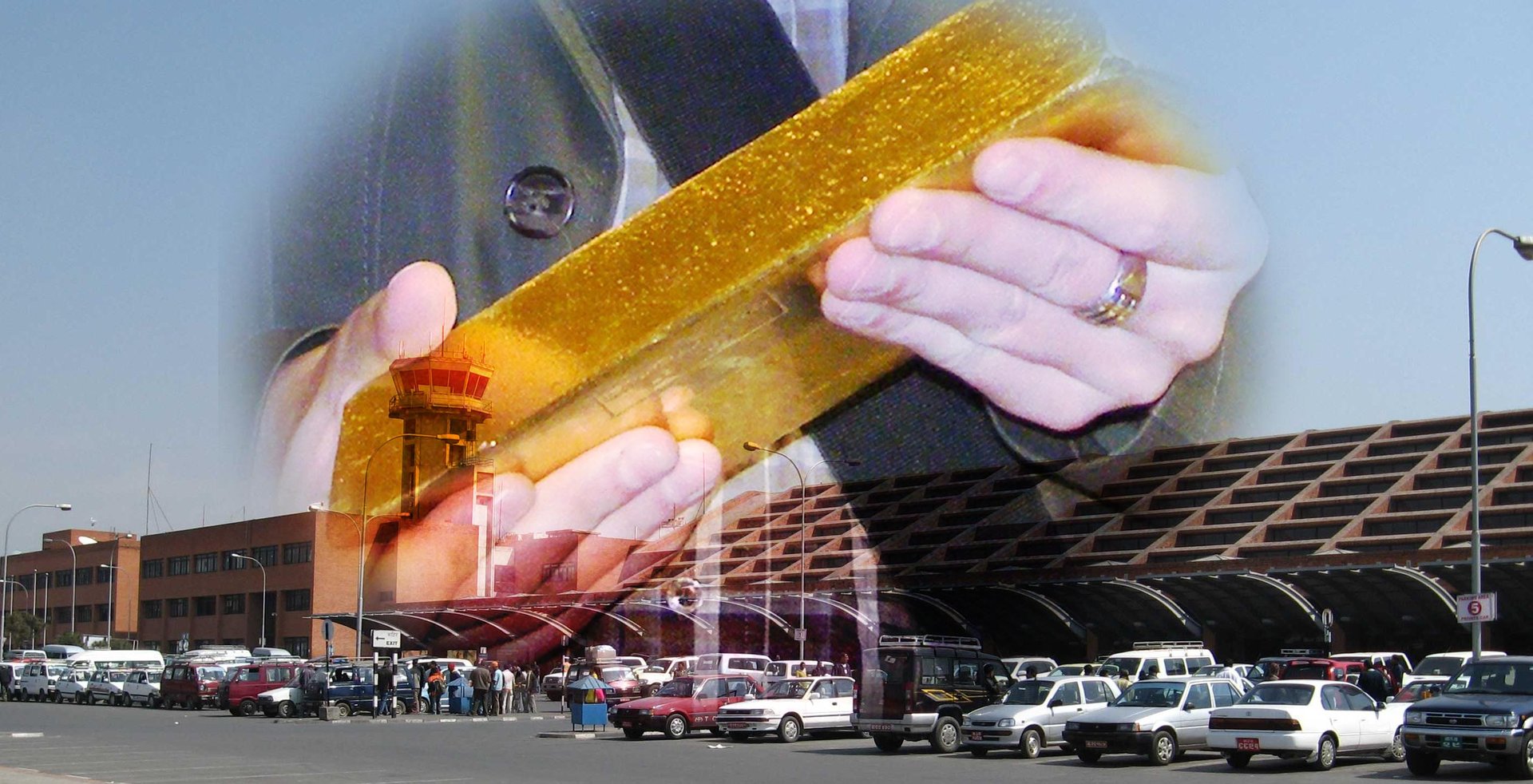Part I: Uncovering Bullion

The earliest recorded case of gold trade in Nepal dates back to the 4th century BCE when it exported gold to India, as documented in the Kautiya Arthashastra. In ancient times, Nepal imported gold from Tibet and exported gold to India, a trade that occurred during the Lichchhivi Period.
During the colonization of India, Nepal adopted a strict isolationist policy. However, following India’s decolonization, Nepal gradually opened up and introduced Westernized bureaucracy and taxation policies, resulting in; smuggling.
During the Panchayat regime (1960-1990), gold smuggling was prevalent. However, due to the regime’s lack of transparency, finding detailed information remains very challenging.
Since the 1980s, instances of high-profile individuals engaging in gold smuggling have come to light. Notable cases include members of the Nepalese legislature, commonly known as Members of Rashtriya Panchayat, such as Chandra Bahadur Budha (Surkhet district) and Nar Bahadur Gurung (Lamjung district), who were apprehended while attempting to smuggle gold from Hong Kong.
In 1987, the retired Police Inspector General Dil Bahadur Lama, alongside Lt. Colonel Bharat Gurung, the bodyguard of Prince Dhirendra, were arrested on charges of gold smuggling and narcotics. Both Bharat Gurung and DB Lama had close ties with Prince Dhirendra. It was also rumored that the prince was divorcing the Queen’s sister, and the Queen sought revenge by punishing the Prince’s close accomplices.
Lama spent five years in jail, after which he was released by the court due to lack of evidence. He claimed that he had been framed by the palace and sought revenge, eventually joining the Nepali Congress.
Smuggling in Nepal became more prevalent as Nepali started migrating in search of job opportunities. The assumption was that foreign employment started only after the reinstallation of democracy in 1990. However, it’s noteworthy that in 1985, the government had already issued the Foreign Employment Act and began providing licenses for operating Foreign Employment Businesses.
Historically, more than 50% of Nepalese working abroad used informal channels to send money such as in the form of gold. Nepal maintains a quota for gold imports to ensure a favorable balance of payments, while it imposes a 15% duty on gold imported by individuals.
Given the high inflation rate, Nepali currency isn’t an attractive option for saving. In contrast, gold jewelry holds cultural significance, especially during religious ceremonies, and can also serve as a means of future savings. The combination of the importing quota, high customs duty, and the demand for money to be illegally transferred creates the ideal combination for gold smuggling in Nepal.
Gold smuggled into Nepal from China is also smuggled from Nepal to India. After India imposed a 15% import duty on gold, Nepal too had to increase its own duty on gold to prevent gold from being smuggled to India from Nepal. However, gold that enters Nepal illegally bypasses import duty and can be smuggled into India to make a profit.
It’s important to note that the primary profit margin for smugglers lies in evading import duty, which they need to share among participating individuals, including gold-carrying mules, security personnel, and airport officials, among other expenses. If the smuggled gold is caught, it gets seized by the government, and those involved in the smuggling operation face separate penalties.
In 2017, a silver car entered Nepal from the land border with China, containing a hidden trunk holding 88 gold bars worth $4.2 million in total. The customs facility in Nepal operated under a tent and lacked an X-ray machine, which is advantageous for smugglers. However, gold smuggling is widespread at Tribhuvan International Airport, with more details revealed in Part II: Uncovering Bullion.
Author
Kripendra Amatya, Researcher, Nepa~laya Productions
Editor
Dana Moyal Kolevzon, Director of International Relations, Nepa~laya Productions
Published Date
January 1, 1970



